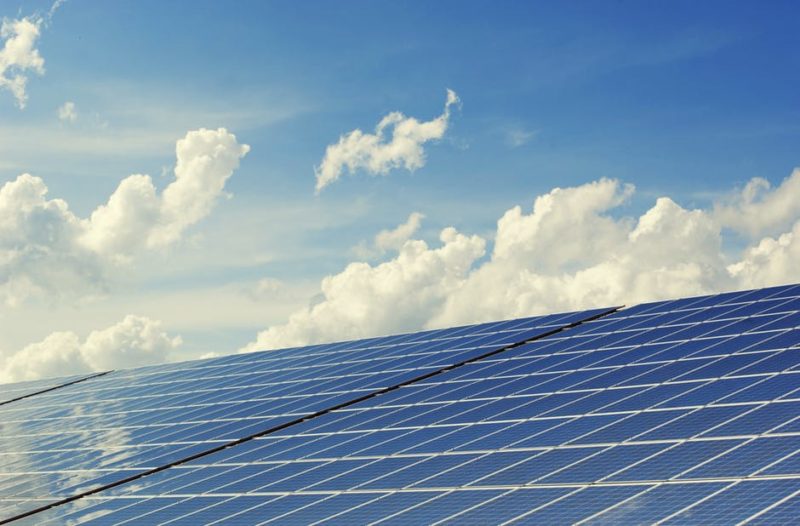

The Central Government has asked the Solar Energy Corporation of India (SECI) to issue solar energy project tenders worth over 4,000 MW in the coming four months from November to February. With the government facing criticism over unmet targets and promises, the centre has proposed that the nodal renewable energy tendering organisation come up with tenders for 1,000 MW of new capacity additions in each of the four months leading to enforcement of the code of conduct for the general elections in March 2019.
In 2015, Piyush Goyal, then Power Minister, had said that the government has set a target of having 175 gigawatts (GW) of installed renewable energy capacity, which would comprise 100 GW from solar power, 60 GW from wind power, 10 GW from biomass power and 5 GW from small hydropower, by the end of 2022. The proposal to add around 4 GW to the already installed 25 GW solar capacity is not likely to accelerate the process of achieving the central government’s ambitious target of 1,00,000 MW (100 GW) of solar capacity in the next four years. According to market research reports, the solar capacity that is likely to be commissioned during 2019-20 is 4740 MW whereas, the solar capacity that is expected to be commissioned during the current financial year is 4165 MW.
During the financial year 2010-11, just 1030 MW of solar power capacity was installed and by October 31, 2017, it has risen exponentially to 15,605 MW. By March 31, 2018, India has installed a solar capacity of 22 GW, according to estimates of Ministry of Renewable Energy. With growing capacity additions, the per unit cost has fallen. In the financial year 2010-11, the lowest tariff of solar power was reported at Rs 17.91 per unit, while the lowest tariff observed in the current financial year is Rs 2.44 per unit.
Between the financial year 2019 and 2023, the solar power capacity is likely to go up to 56-58 GW as against 20 GW between the financial year 2014-2018, showed a report published in July by CRISIL. The governments leading ratings and research agency revealed that it expects a big shortfall in India’s original 175 GW renewables target by 2022. The agency said that India’s renewable energy generation capacity is expected to just touch 140 GW by 2022-23.
“The Solar Energy Corporation of India (SECI) has also started tendering and allocation under the Inter-State Transmission System (ISTS) scheme, wherein projects are planned for connections with the ISTS grid directly. Under this, the SECI has already allocated 5 GW and has another 3 GW in the tendering phase. Besides, the government has also announced a 2.5 GW solar-wind hybrid scheme to facilitate higher utilisation of resources and 10 GW of manufacturing capacity-linked projects,” the CRISIL report stated.
The curtain raiser for the 2nd edition of the India Bioenergy & Tech Expo (IBETE…
In light of the ongoing debate on whether flue gas desulphurisation (FGD) systems in coal-fired…
In a key step toward advancing clean energy adoption, Ahmedabad headquartered IRM Energy Ltd has…
Biofuels conglomerate Aemetis has announced that its subsidiary in India – Universal Biofuels – has…
The Greater Noida Industrial Development Authority (GNIDA) has commenced construction of a 300-tonne-per-day (TPD) bio-CNG…
The World Earth Day – with this year’s theme on ‘Our Power, Our Planet’ –…